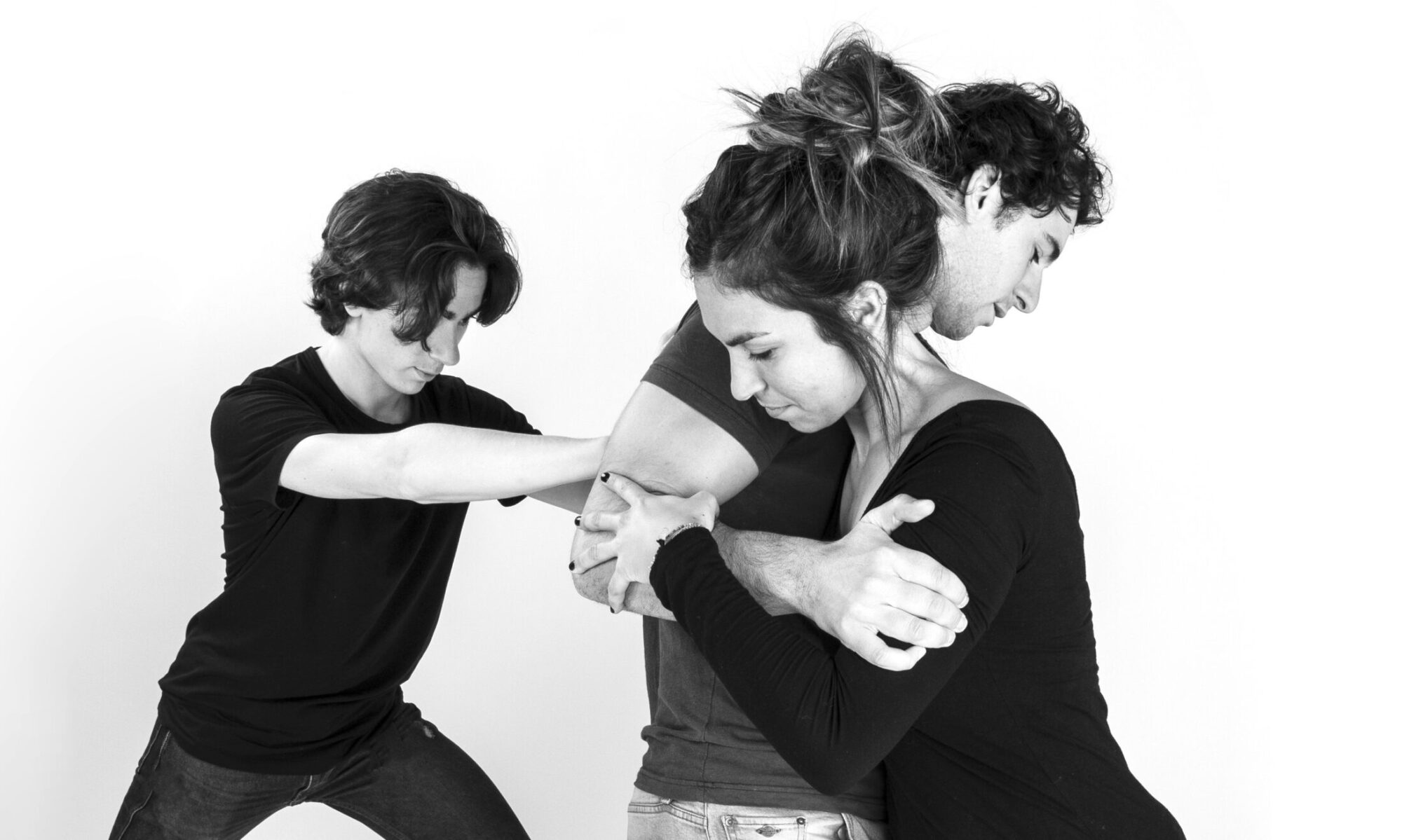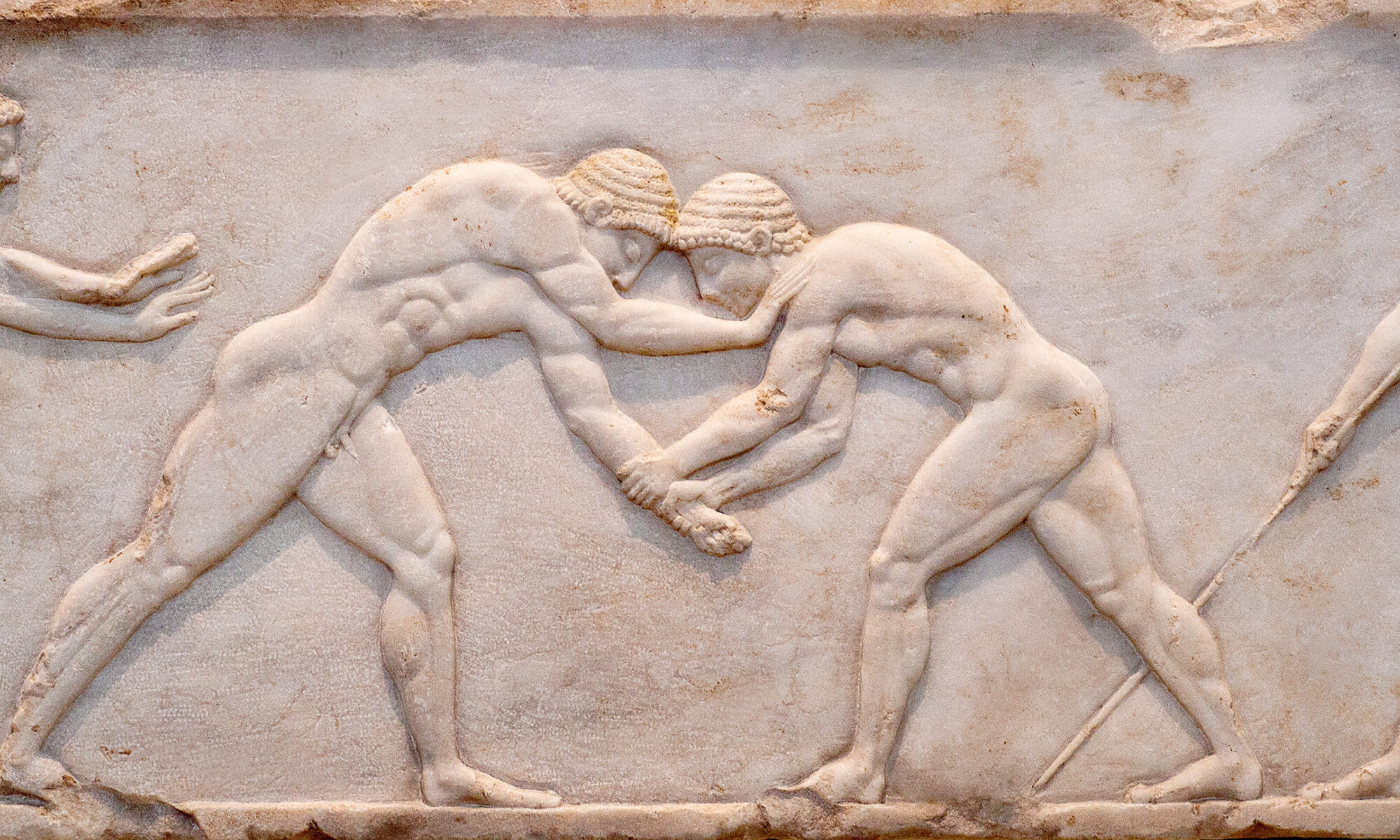“Sport and professionalism” is the keynote speech of Willem Visser, International Lecturer 8th Dan Judo IJF, at the International Congress, Sport Science and Research Institute Tehran; (9/11 – 12/11 2020).
In the life of people in all times physical exercises were important.
Those exercises were related to the culture of the nation or the culture of the people. Every nation and every culture were making their own choices based on religion ( for example honouring the God and exorcise the devil; many religion celebrations are combined with dance and playing), customs (for example fertility dance), medical needs (gymnastic) and possibilities of the specific country.
India is one of the oldest cultures with tradition of physical exercises and here religious and medical aspects were the objectives. One can read in the Veda’s, that physical exercises were fundamental for the culture.
In China were physical exercises a part of the education of the youth. Dance (in combination with music), fencing and boxing were most used. But walking the tie robe, all kinds of ground gymnastics, swimming and rowing were practised in ‘Old China’.
In Japan the physical exercises were based on the Samurai principles: obedience, manliness, knightliness, self-sacrificing, good manners, honour and tradition. Sumo, kendo, judo and kyudo were most practised in the early days.
In Egypt gymnastic was one of the main physical exercises, but also boxing, fighting with sticks, swimming and wrestling were also used. Very popular in Egypt were competition in which teams sitting in boats were fighting each other with sticks.
In Greece boxing and wrestling was practised long before our modern era. Remarkable is that also women were taking part in all kind or exercises. 3000 years ago javelin throwing, discus throwing, archery, but also ball games were practiced. Already in this time those contests were organized for the crowd and the competitors could win valuable prizes. Remarkable is, that foreign athletes could take part in sport competitions in Greece as well as in Rome.
In Sparta boys and girls were subjected to a well-thought-out education and the boys were between the age of 8 and 21 in boarding schools. They were trained in long distance marching, running and wrestling.
In Athens the introduction of democracy made it possible to go to gymnasia for ordinary youngsters and at those gymnasia they were educated with running, jumping, disc throwing, javelin throwing, wrestling and boxing. Many competitions were organized.
Socrates, a famous Greece philosopher, was pointing out for the rhetoric of sport and competition sport. Not external phenomena, but the internal aspects of human being are the most important. Plato, a former student of Socrates, designed a complete education system. He is intense against competition sport and in the education system of Plato is physical education of great importance for the benefit of warfare. So wrestling, boxing , archery and marching are in his point of view very important.
In Rome education was not given in schools, but the education was mainly given in the family. Physical exercises were done during the work in the fields. In free time the youth could play with the ball, swim, horseback riding, hunting, javelin throwing and boxing.
Most of the time, the father was educating the son. In the army the soldiers were trained in long distance marching and running, stick fighting, and vaulting at a wooden horse. Physical exercises were conformed to the practice of life. Later the physical education was influenced by the Greece idea’s.
In the Germanic countries the youth was educated in walking, running, rowing, horse riding and swimming. The games and competitions were very hard; Germanics were real fighters (many times used by the Romans). Education in Germanic countries was not ‘full of values”, and mostly directed to discipline and hardness.
In France as in many European countries French physical education and sport was influenced by the ‘old Roman culture’; later, after 1790, the foundational thinkers of the French Revolution were linking physical education and sport with ancient Greek democracy (see: ‘Athens’ in this manual, Socrates: “the internal aspects of human being are the most important”.) Typical sports for French are:
‘Jeu de Paume’, striking a ball with the hand, exists since the XIII century;. Because it was very painful for the hand it developed into tennis and badminton.
‘Jeu de Boules’, throwing balls in order to touch another ball, is very popular in France and is originally from Egypt, about 7000 years ago.
Savat is French boxing; this a very elegant way of boxing, no knock out and only touching the opponent.
Of course France was playing the main role in founding the Modern Olympic Games, with Pierre de Coubertin as the ‘founding father’.
England was in the 18th and 19th century the most prosperous and powerful nation in the world. In England at first sport was practised by the upper class of the population and step by step it is penetrated in all sections of the population. And in England the upper class was not living ‘far away’ from the other population. Cricket, rowing, and horse racing were popular.
In public schools were football and rugby practised. Upper class schools were practicing cricket and tennis. Because of the fact, that England was a political and economic power with a huge enlargement of colonial property, the spread out of all kind of sports all over the world was enormous. In fact English kinds of sport are the basic of the modern sport.
In the USA many people were originating from England and of course they brought sport into the USA. But the relation between the two countries was not good and the influence of England in the USA was less than in European countries and by England colonialized countries. The Americans developed for example baseball, American football (Harvard and Yale University) and basketball. A sport teacher of the YMCA (Youth Men Christian Association) founded volleyball, because basketball was too laborious.
YMCA and YWCA (women) were associations with educational aim: to develop responsible citizens. In the beginning of the exist of YMCA and YWCA sport was not important, but later sport was discovered as a middle of education and the values of sport were promoted.
Many physical education trainers were also working at high schools and of course they were promoting all kind of sports. Later this was followed by the universities.
In Iran Zoroastrians believed in a healthy and powerful body. In the time of Zoroastrians youth under 24 years were trained in wrestling, fencing, archery, boxing and horsemanship.
The mentality was trained by training those kind of exercises under hard conditions, for example hunger, thirst, fatigue, heat and cold. Bodybuilding, wrestling and weightlifting is still very popular in Iran; in this kind of sports medals are won at World championships.
Also chess is an important sport in Iran and found its origin in Iran. Like, almost, everywhere in the world football is popular in Iran, but also taekwondo and judo.
In Turkey wrestling and weightlifting were before the most important sports, especially used for physical and mental training, mostly in the army. Since 1690 oil wrestling is popular, with fights of maximum 90 minutes.
In Spain there is a great history of typical Spanish sports, there was more than soccer. In different regions there were typical sports like caliche murciano in Murcia and harri-jasotse in the Basque region. Or loita galega, Galician fight; taking down your opponent by using skills without hitting and verdadera destreza, a kind of fencing. And also ball games like Valencian pilota, a kind of tennis with bare hands and picota that reminds to baseball.
Next post Olympic Games
Willem Visser
Executive coach, Strategic Adviser, International Lecturer; 8th Dan Judo IJF
With gratitude to all my teachers, specialists, colleagues and especially all the judoka that I was allowed to guide and to coach.
Sources and inspiring professionals:
Van der Horst, Cobben, Abe, Saitoh, Yamashita, Uemura, Sugawara, Murata, Hosokawa, Komata, Takahashi, Nakamura, Kasuga, Kawashima, Kariya, Brousse, Besson, Rougé, Ruska, Geesink, de Cree, Barta, Vachun, Viser, Lascau, McConnell, Snijders, Sins, Hoogendijk, Boersma, Odinot, van Dijk, Klok, Agúndez, Landsberg, Covey, de Waal, DeCaluwe, Drucker, Franzen, Goldratt, Hammer, Kets de Vries, Kotler, Mastenbroek, Mintzberg, Peters, Porter, Quinn, ten Bos, Trompenaars, Vinke, Weggeman, Wissema and many others.
.


